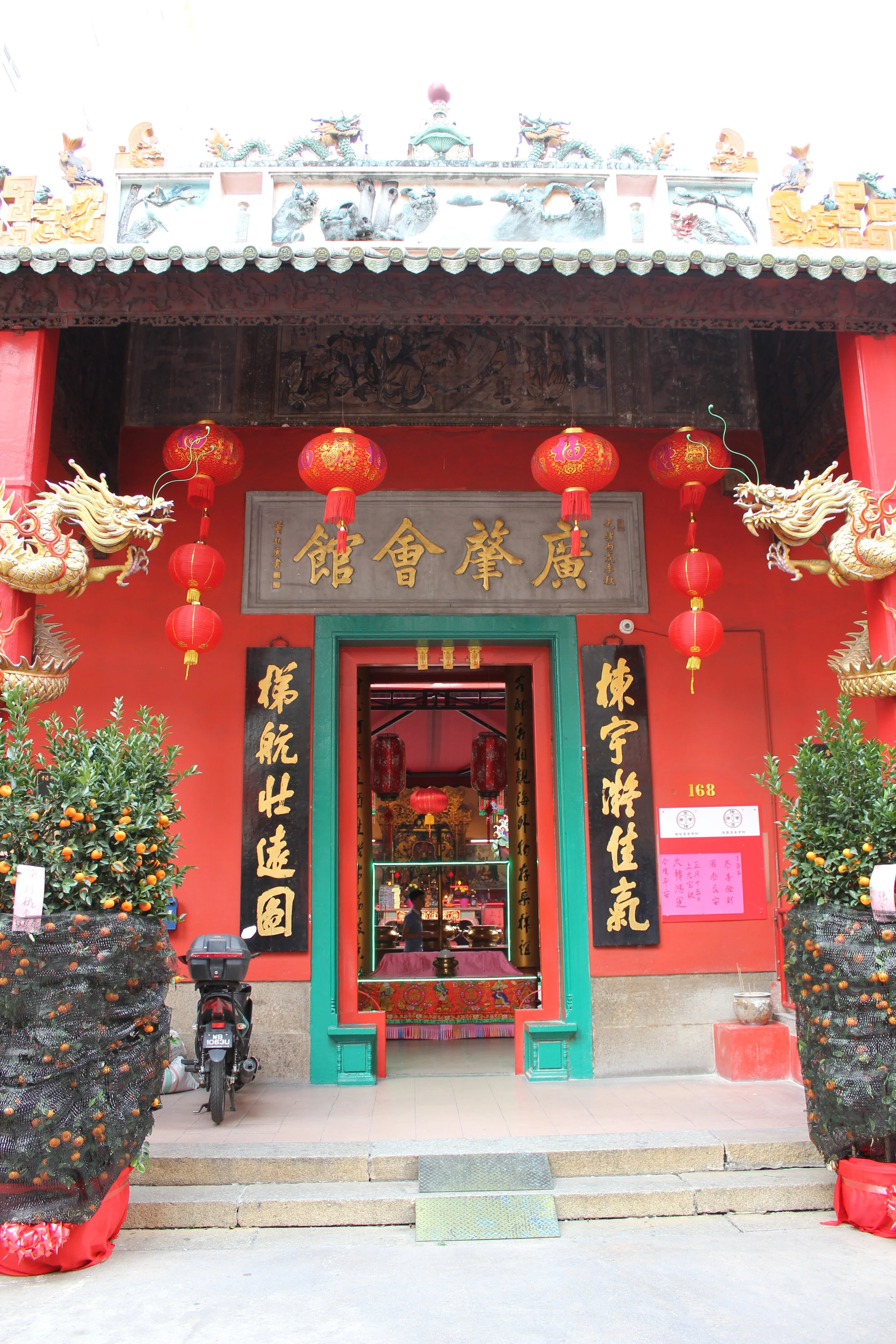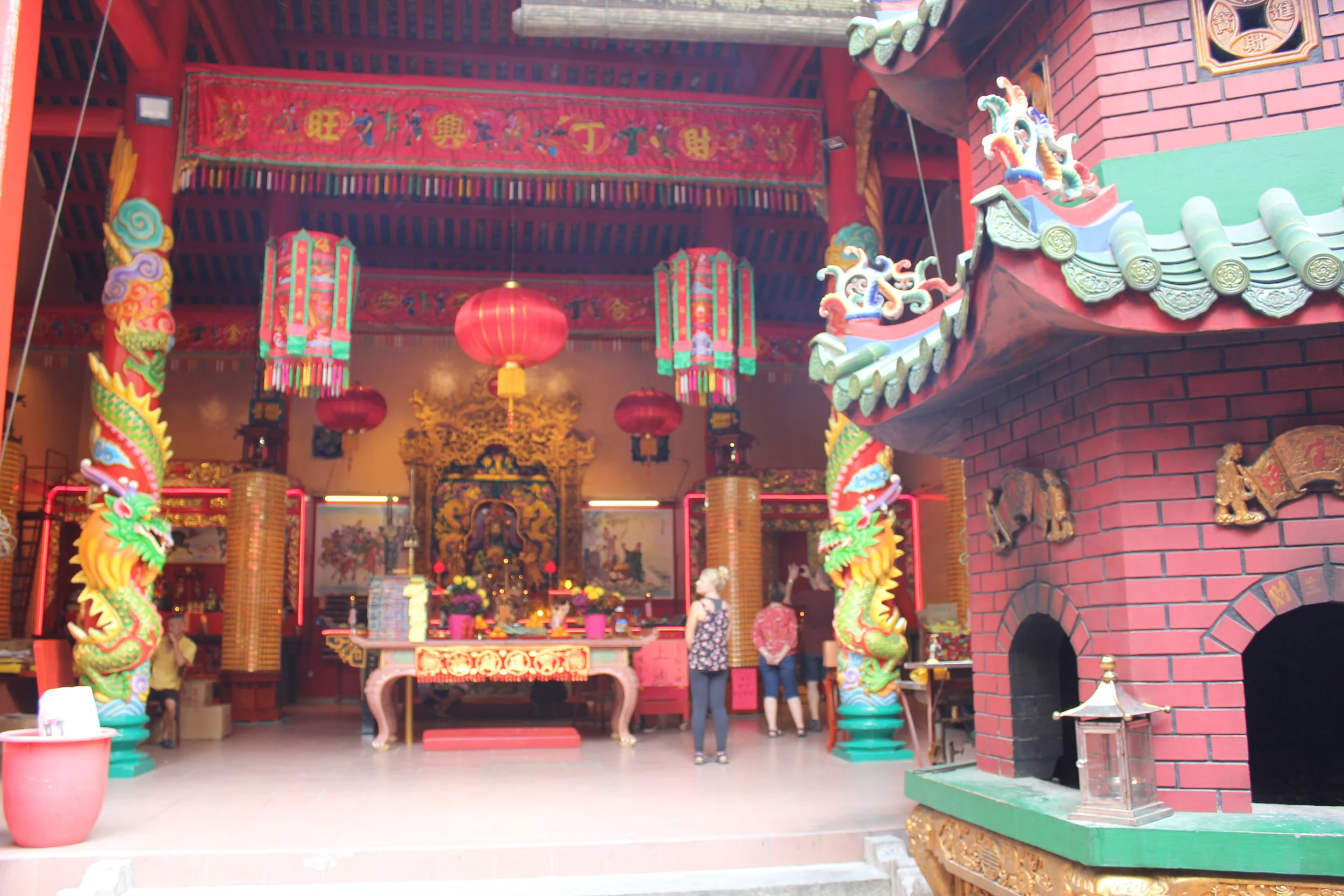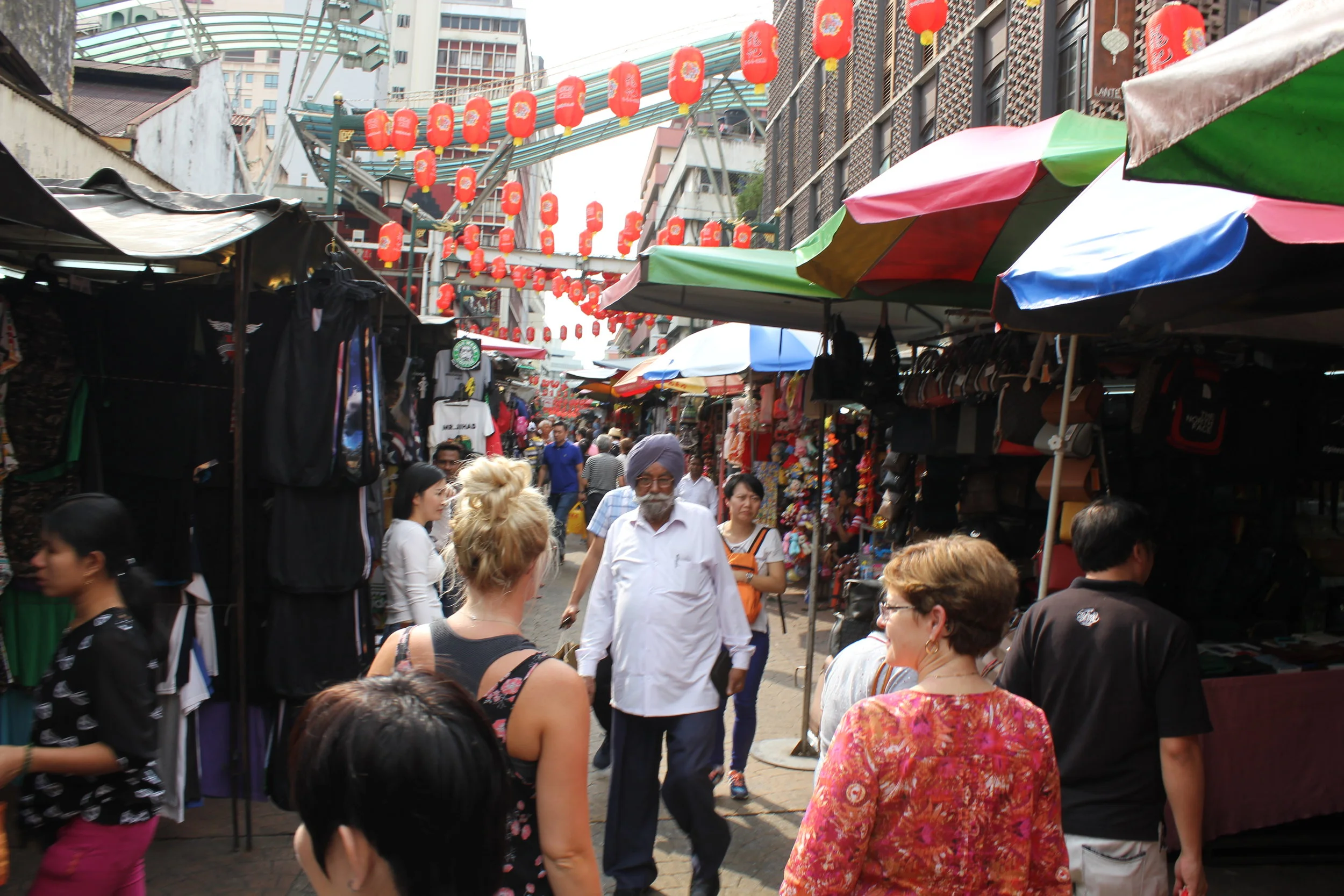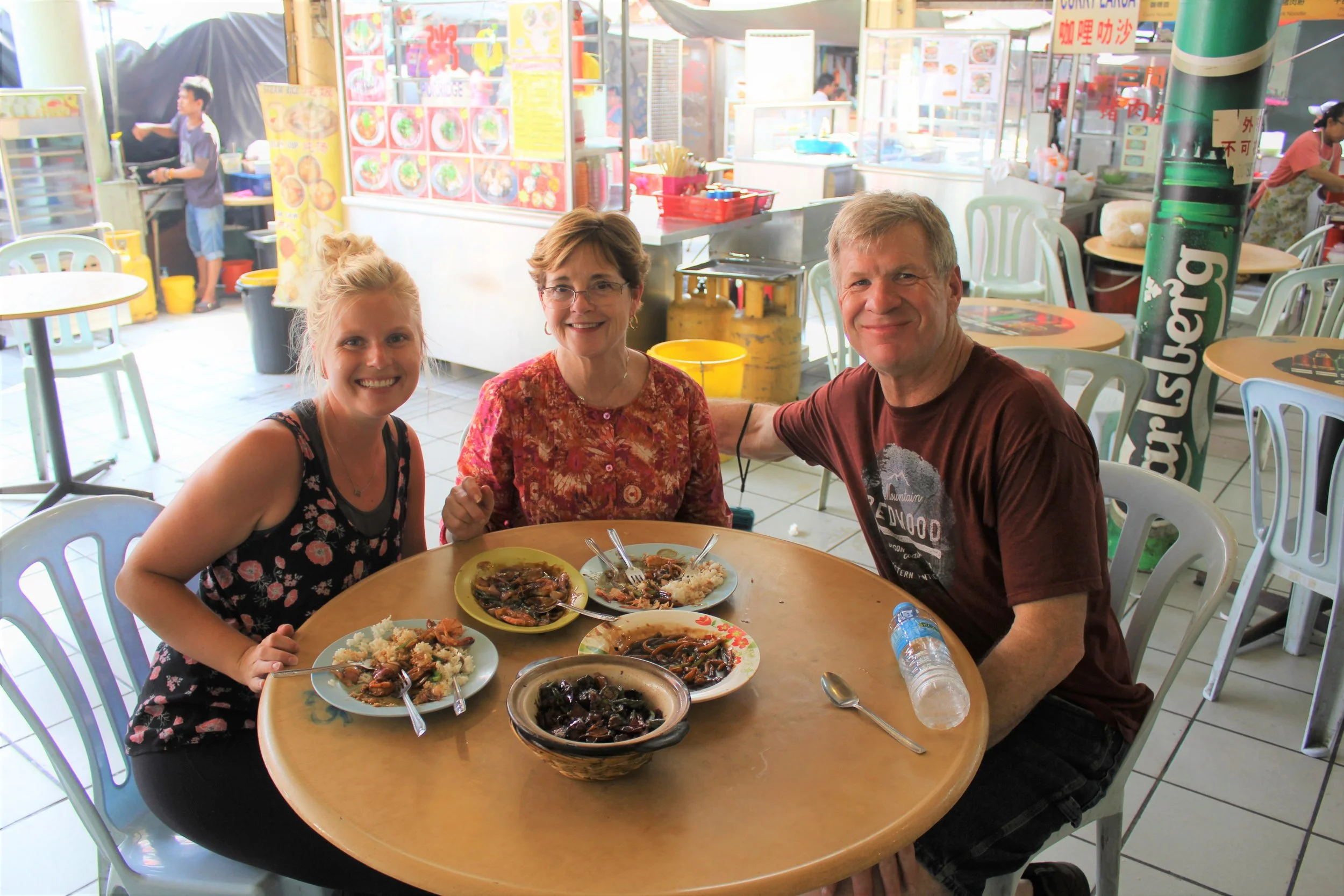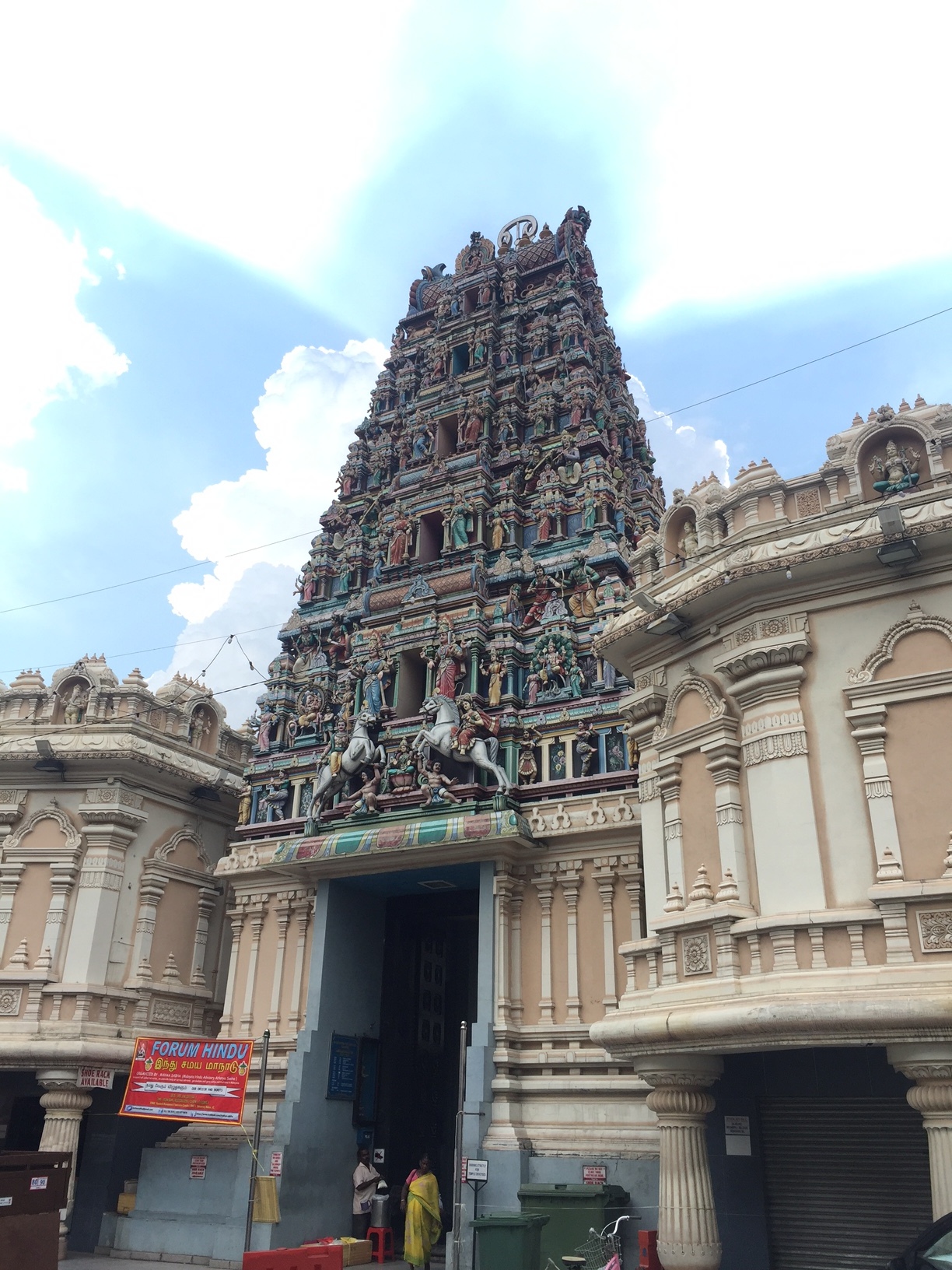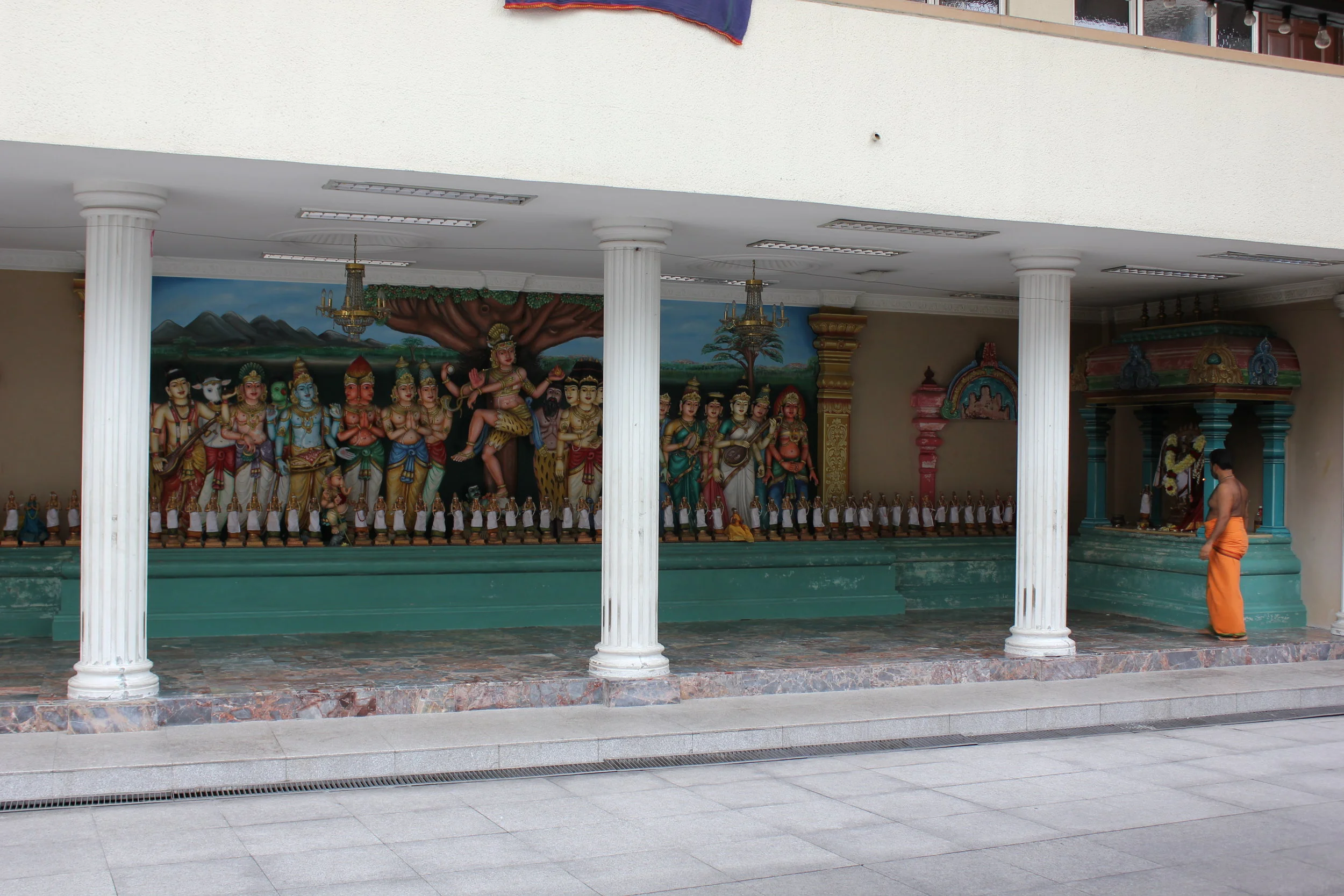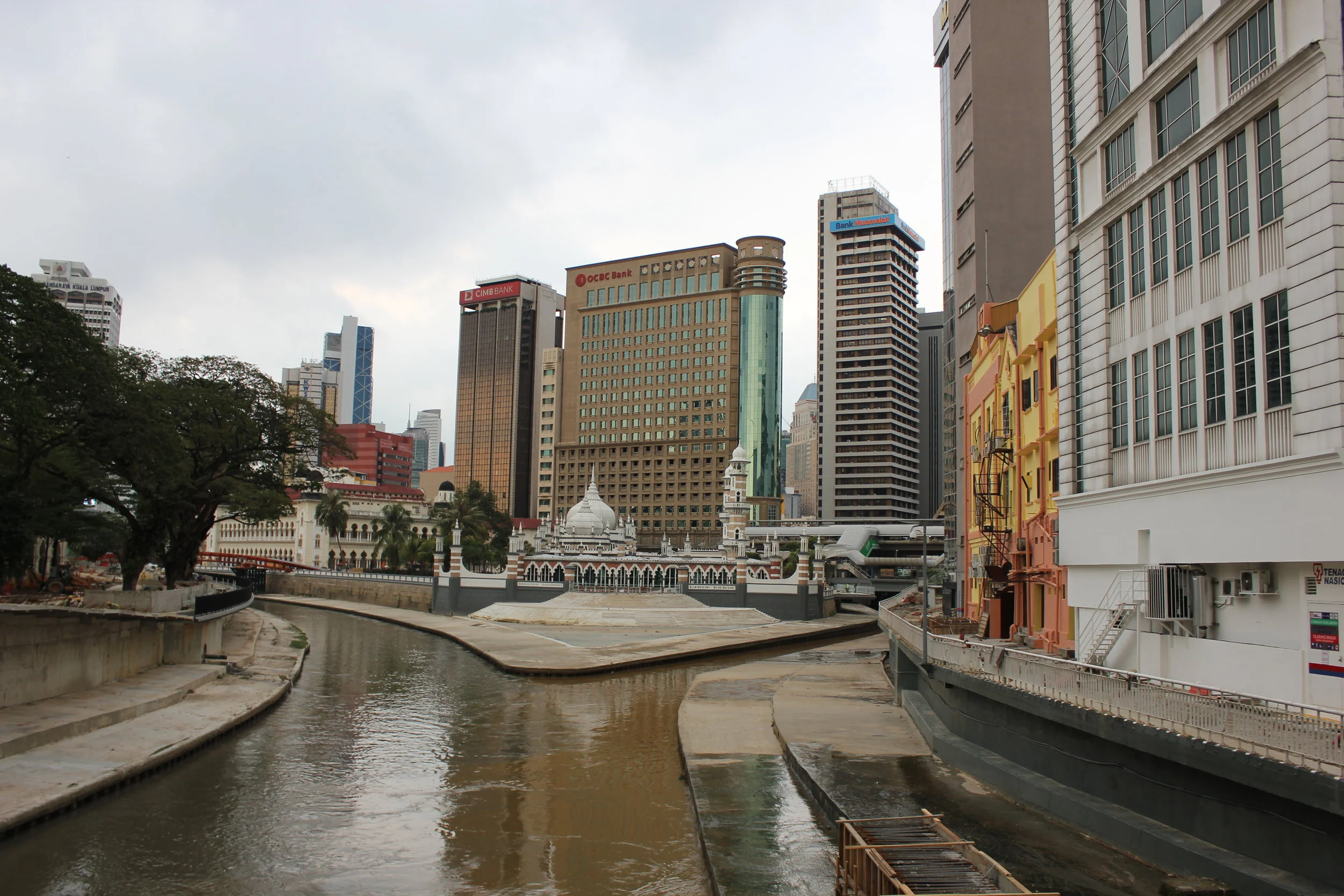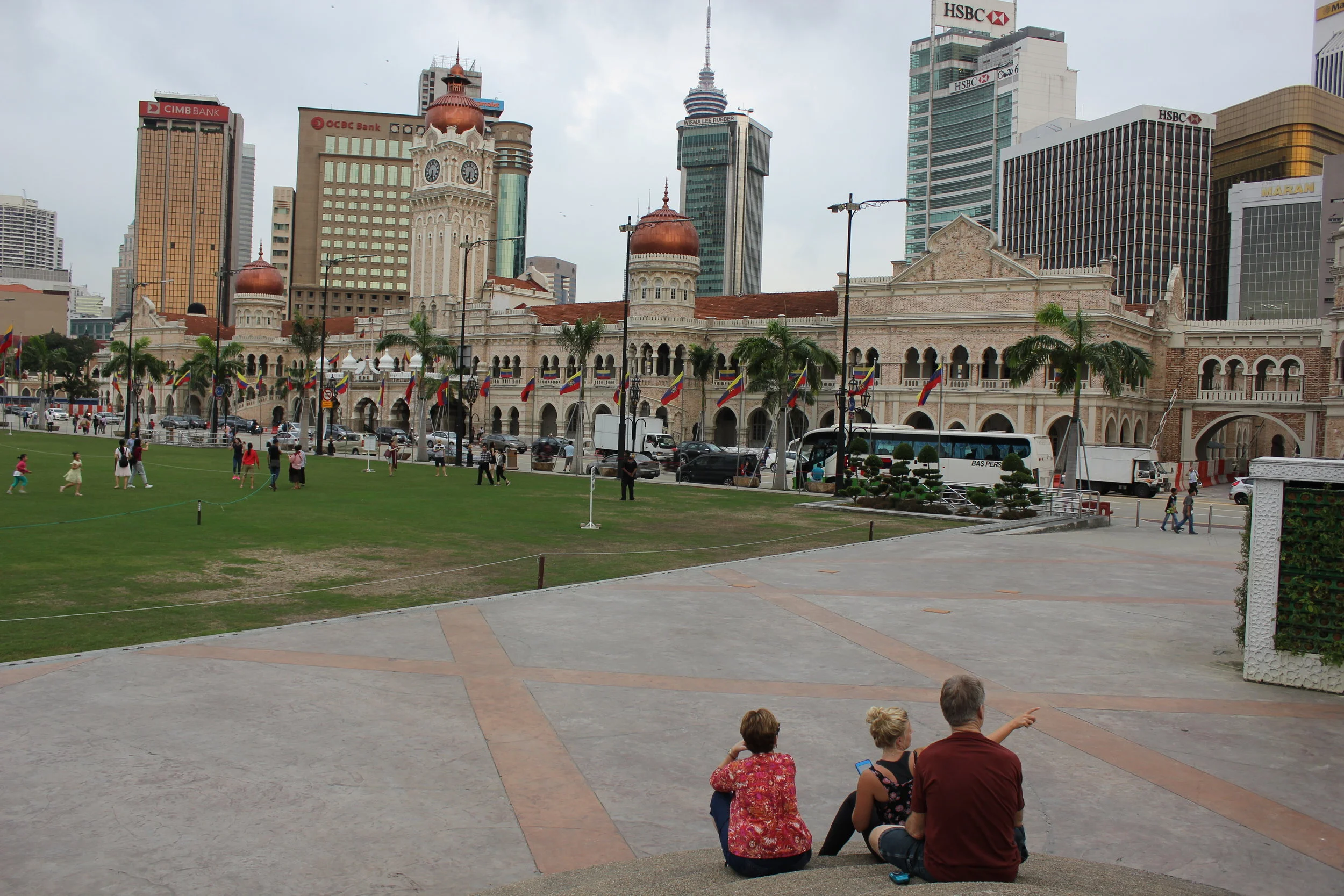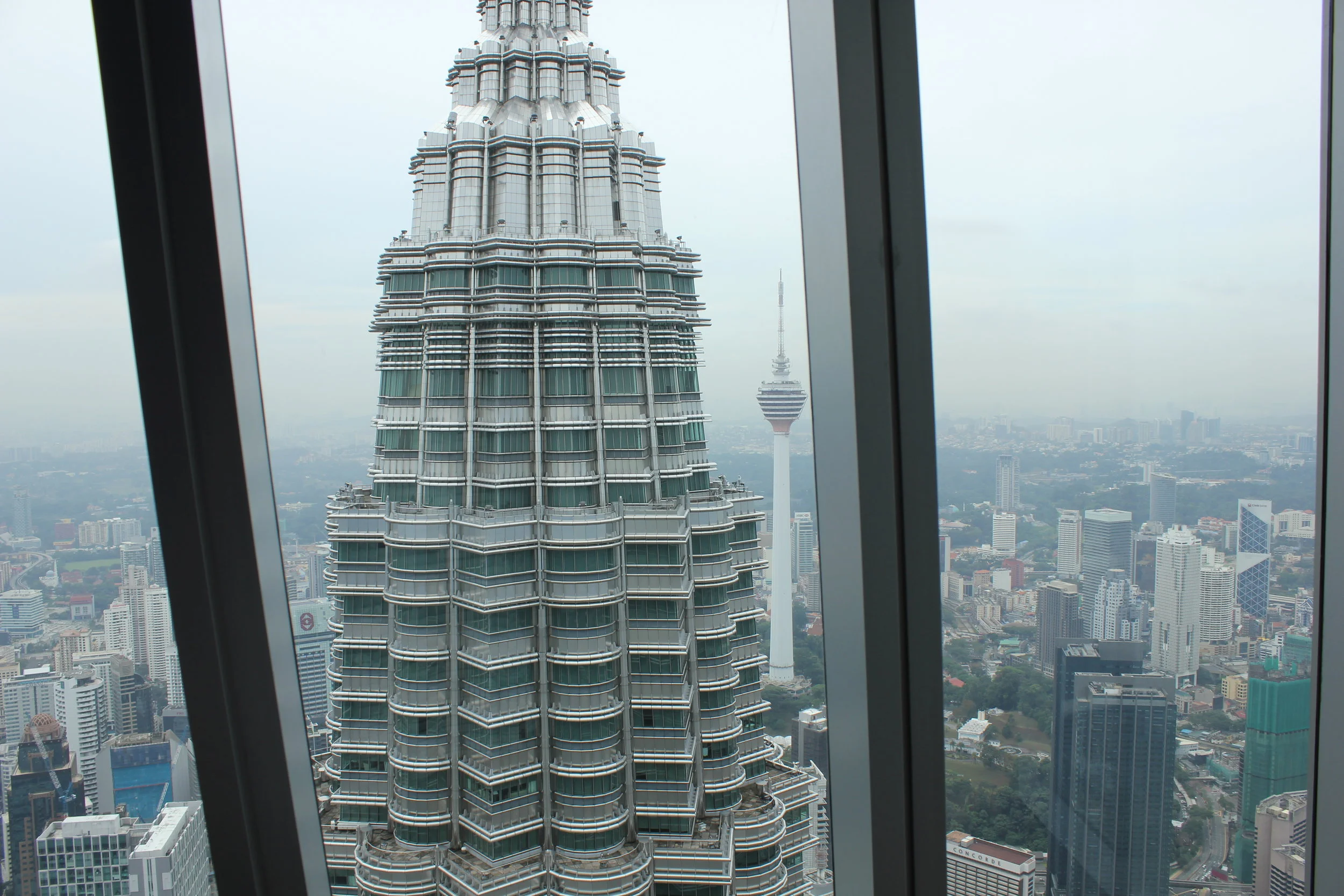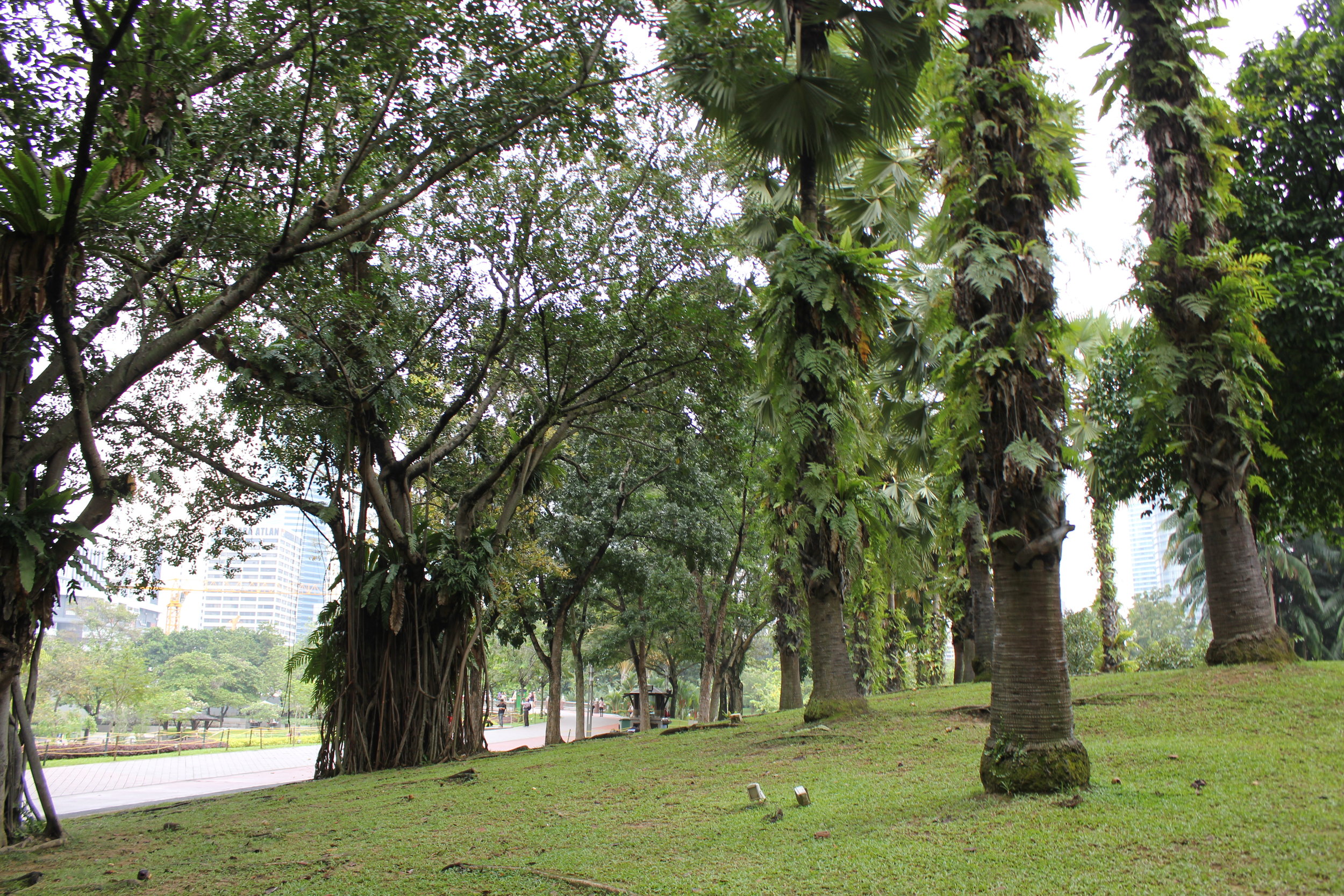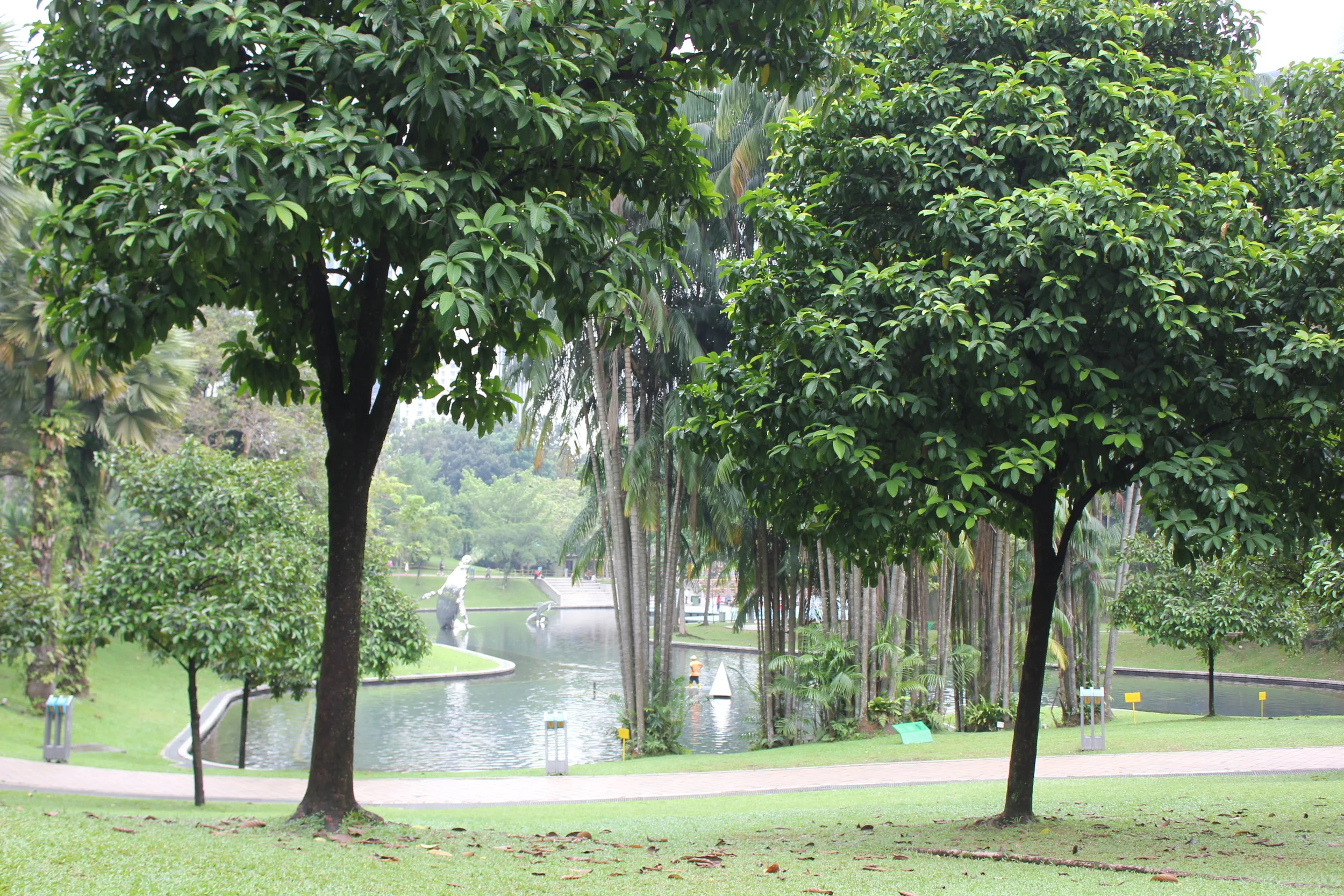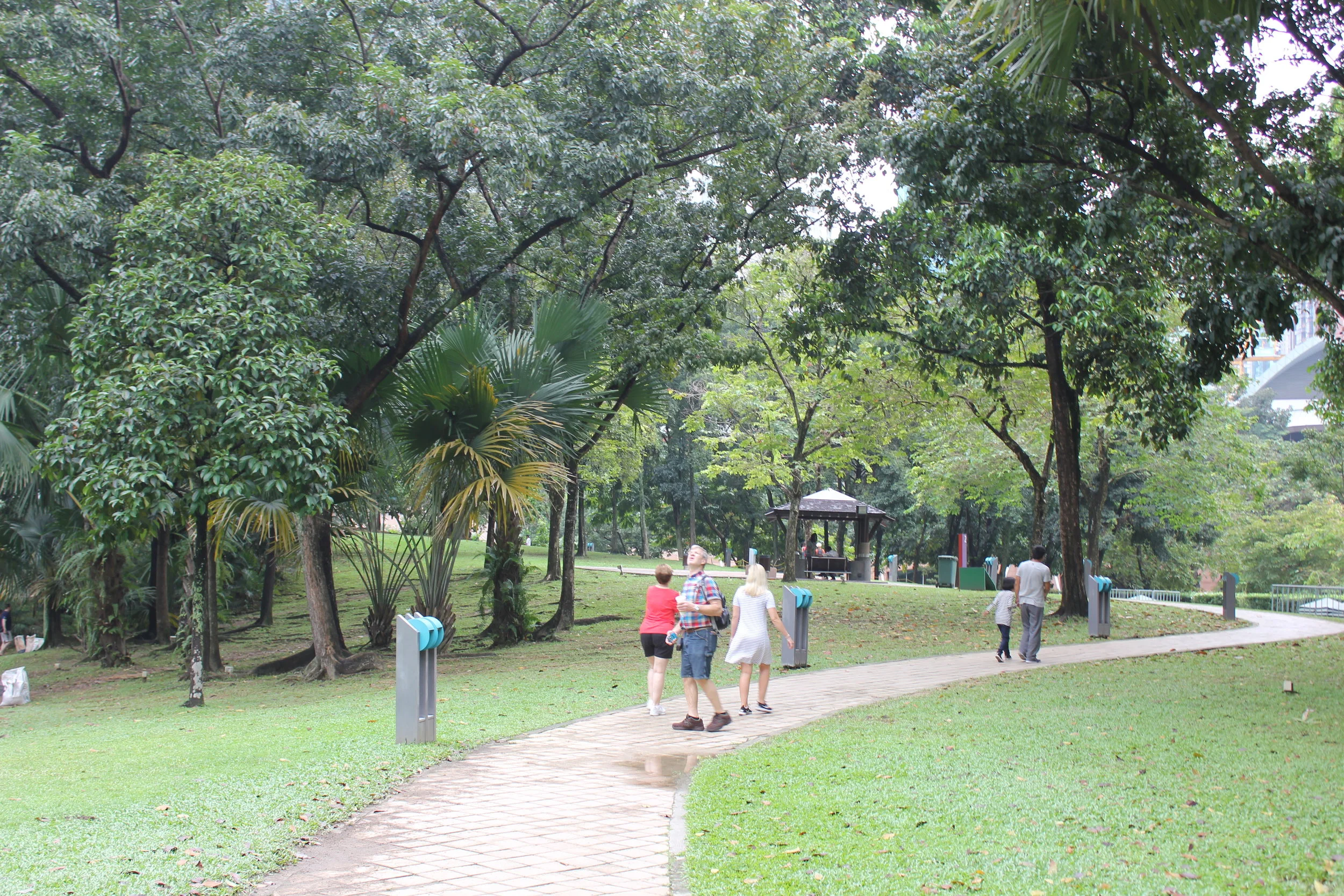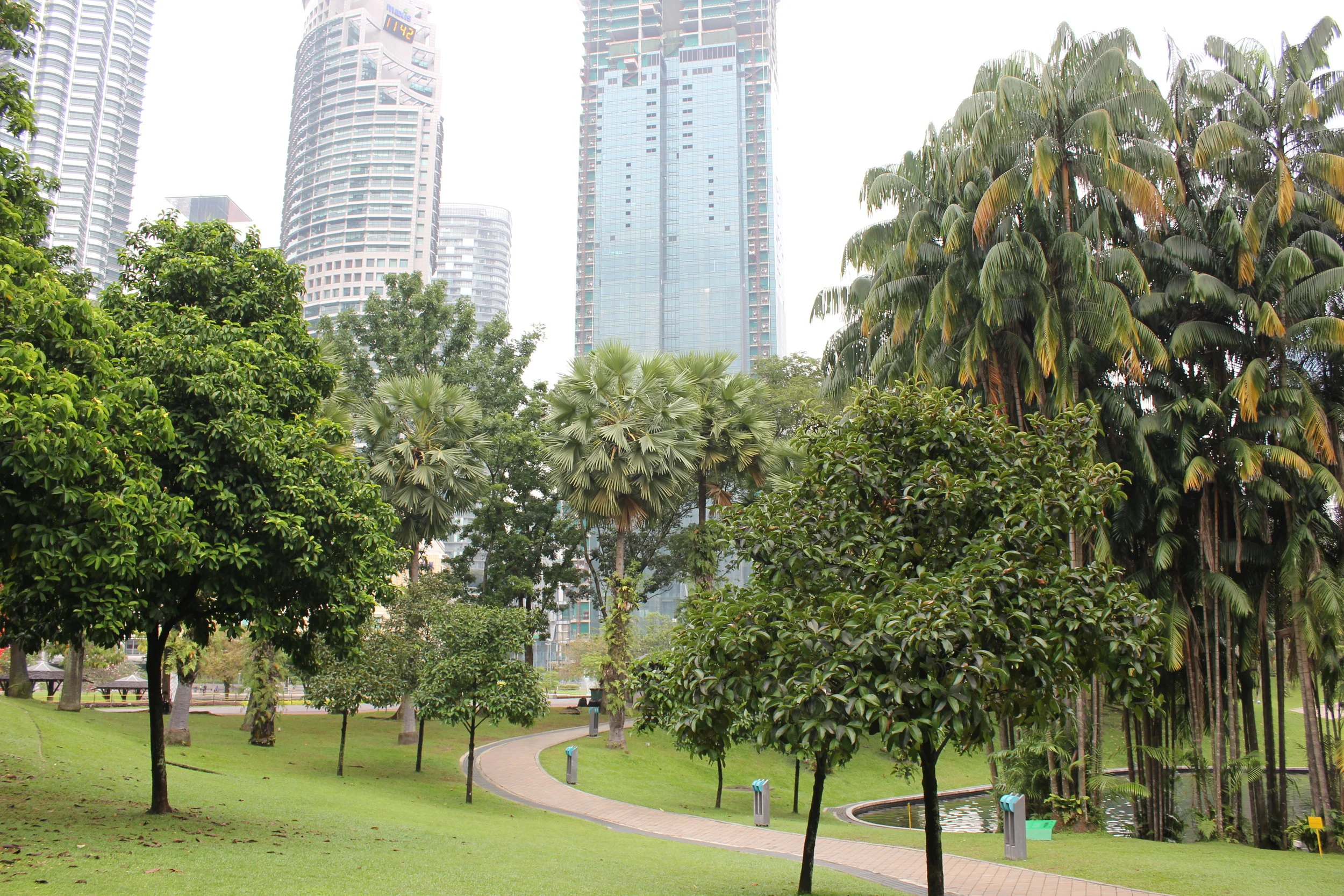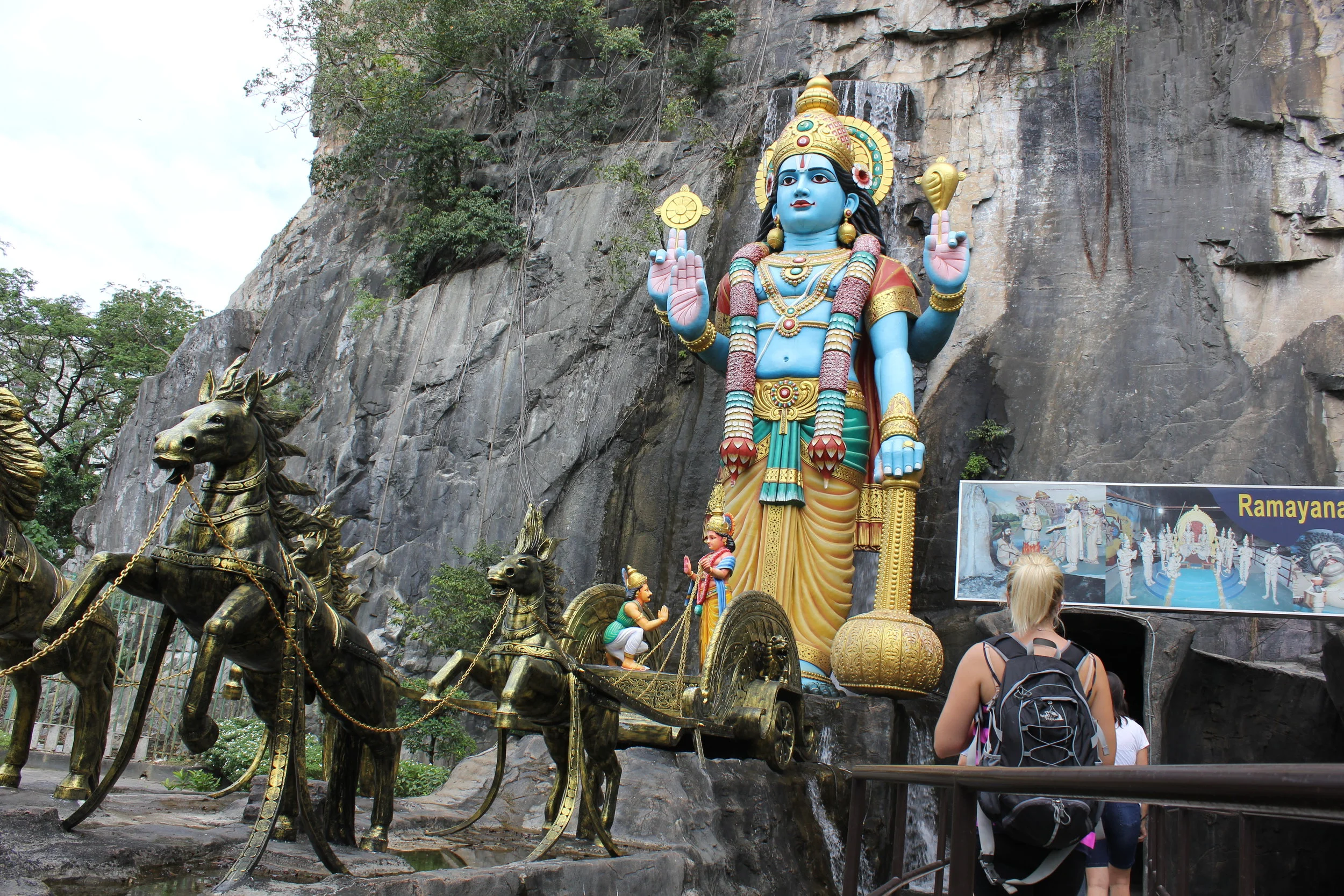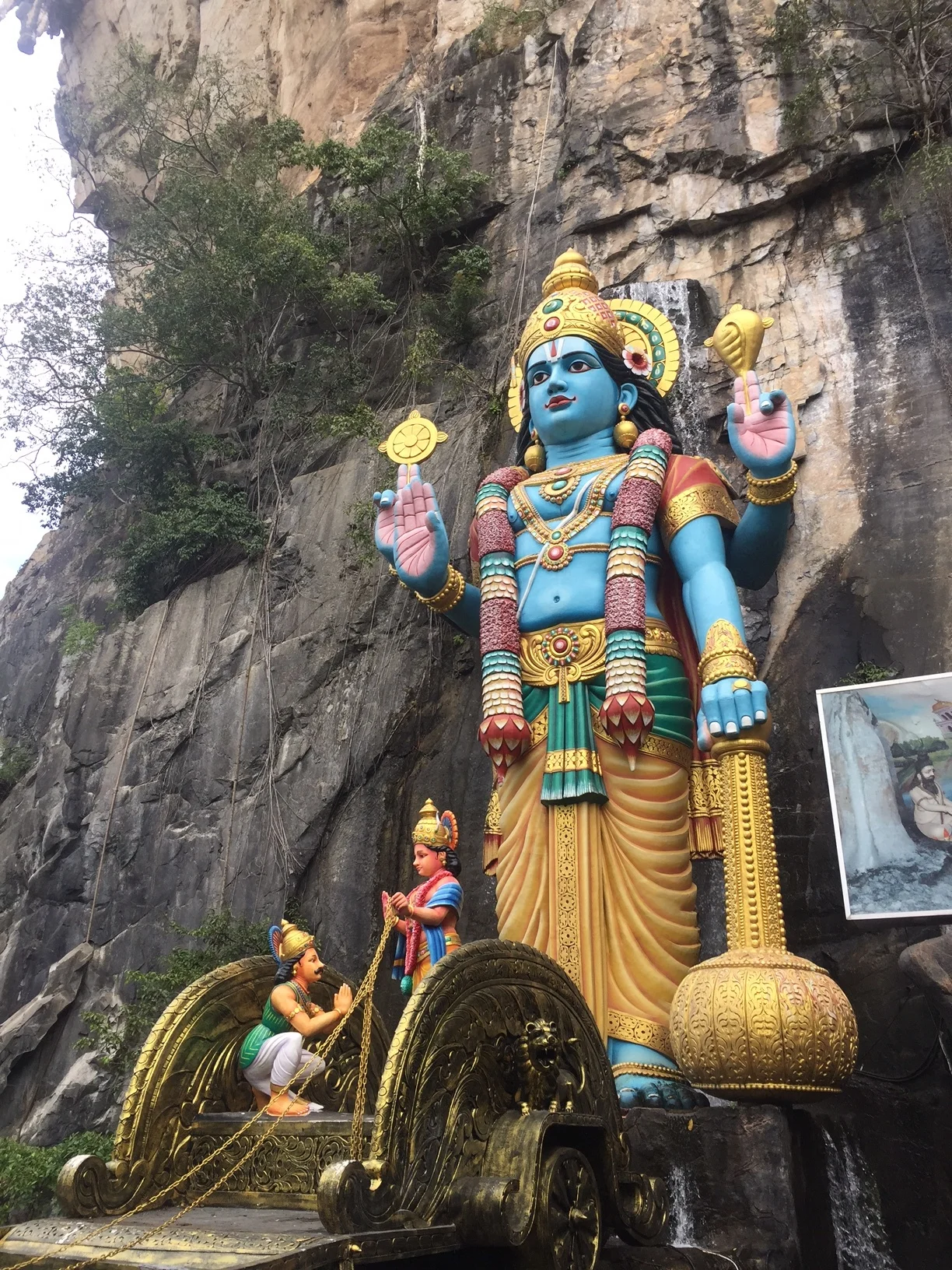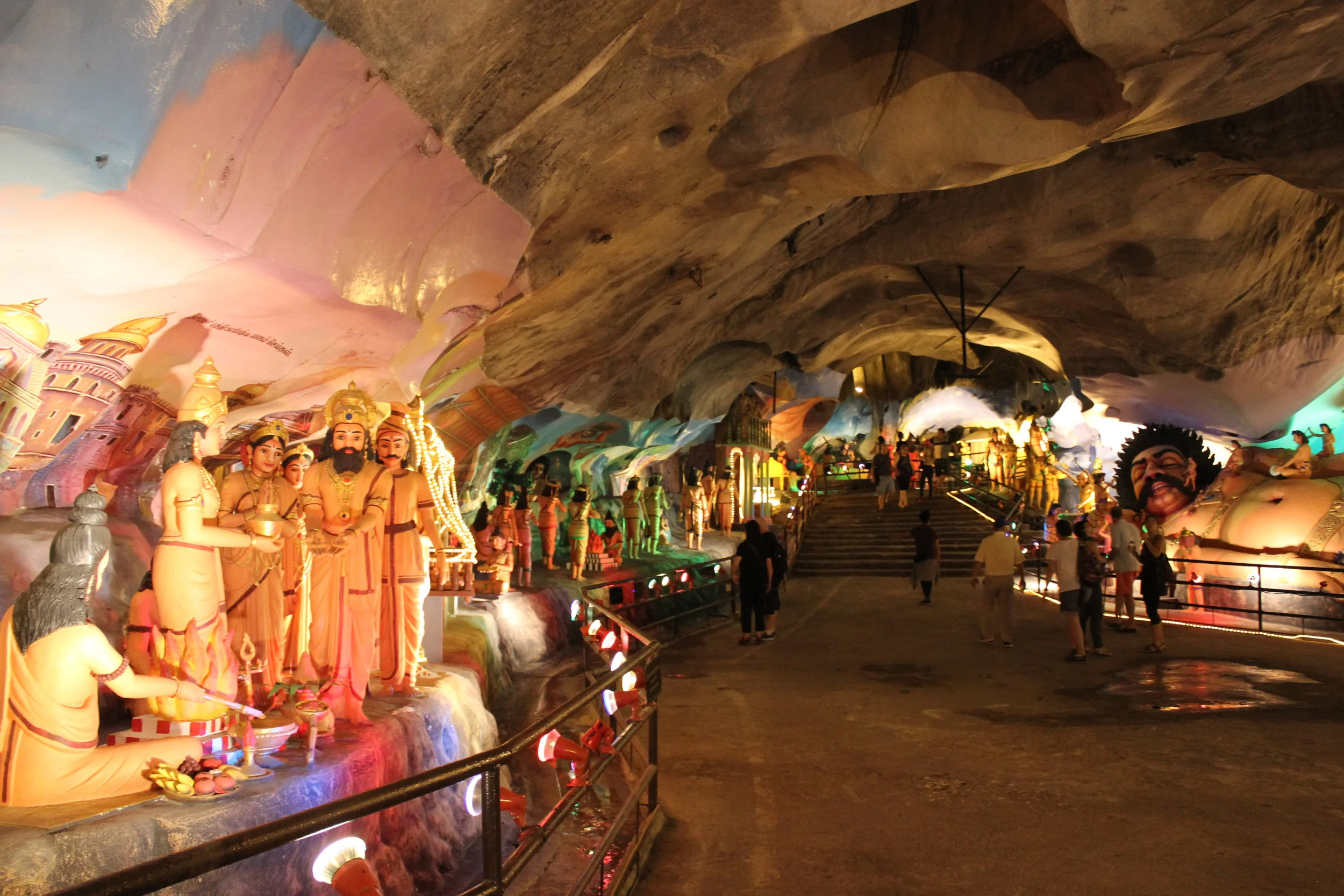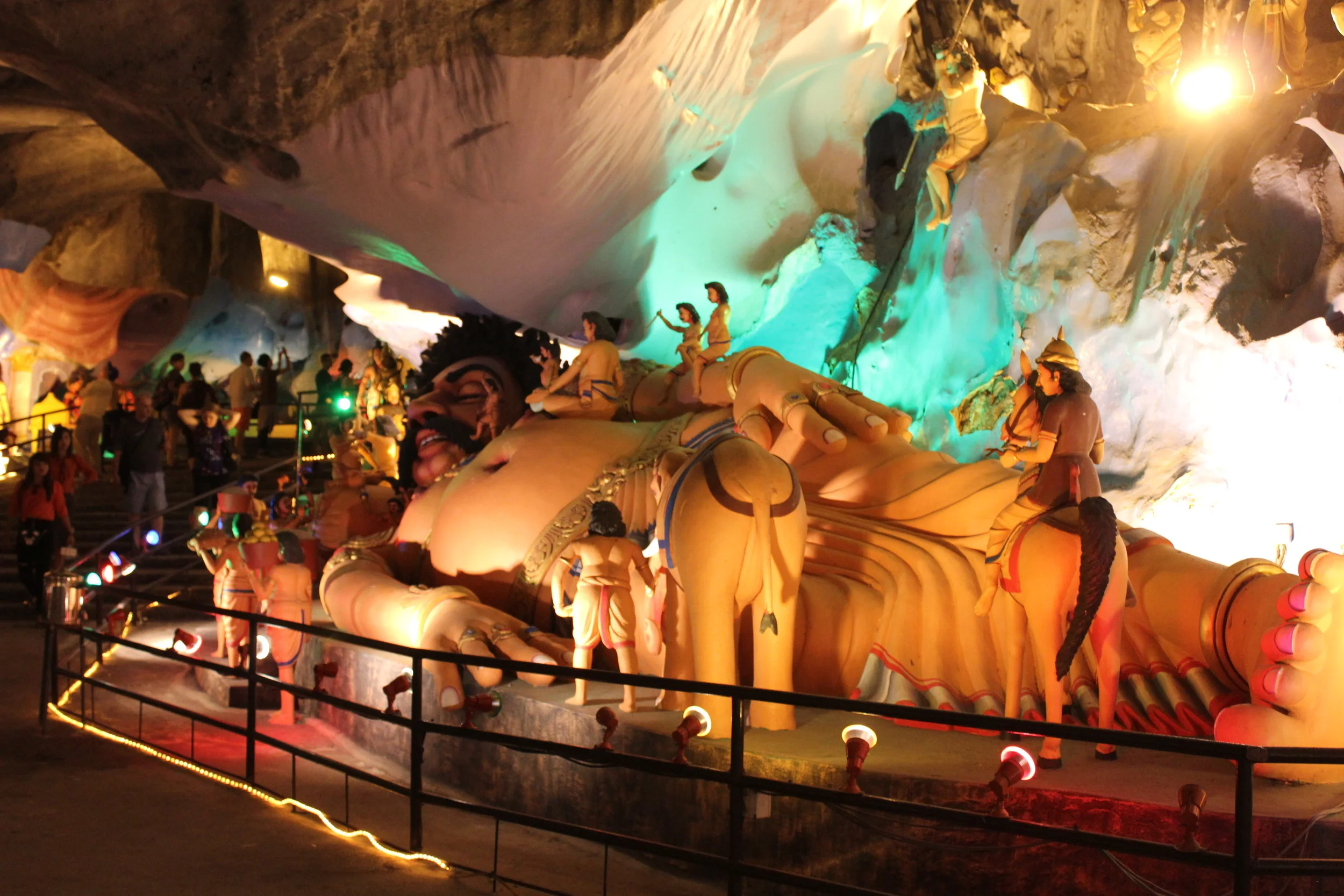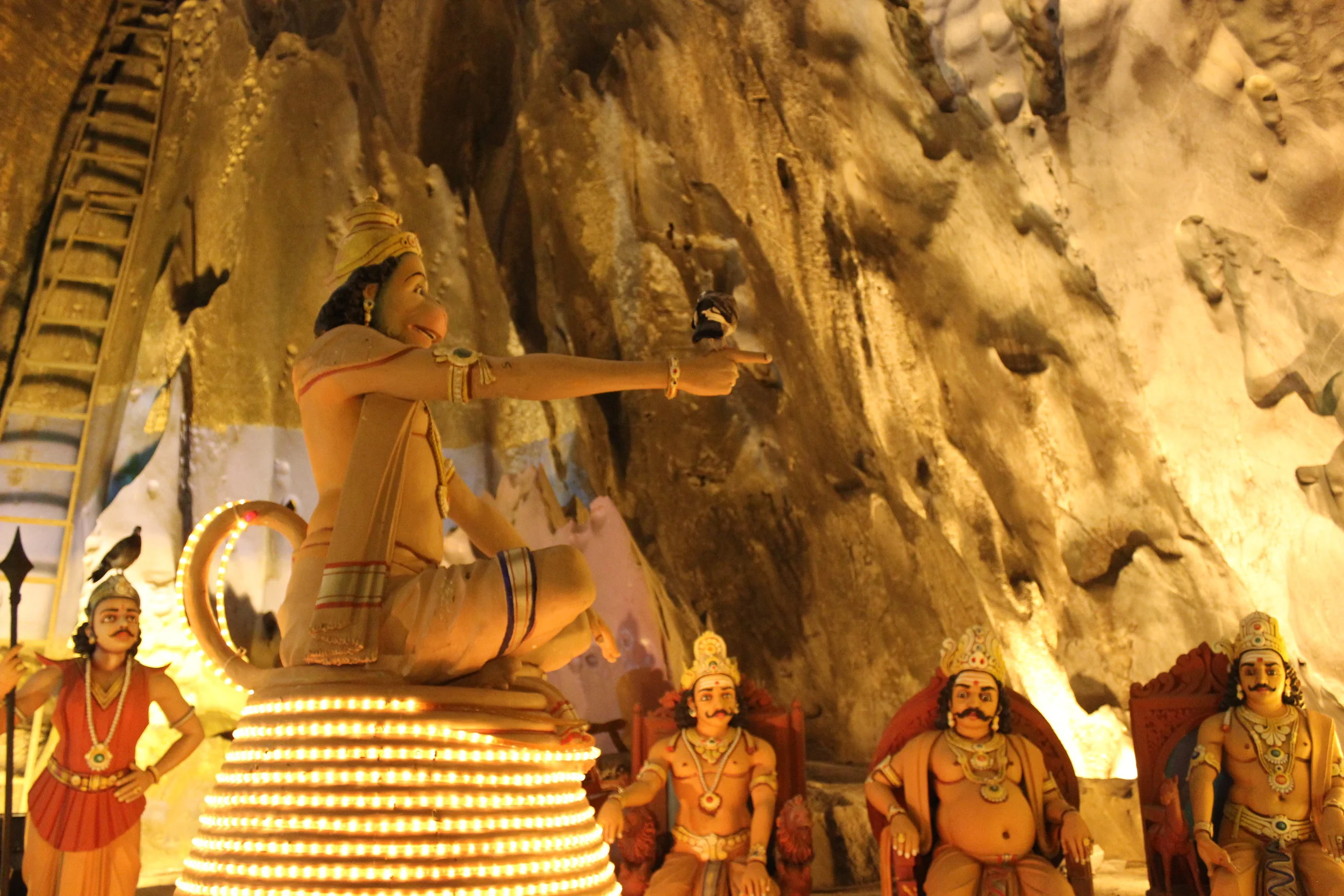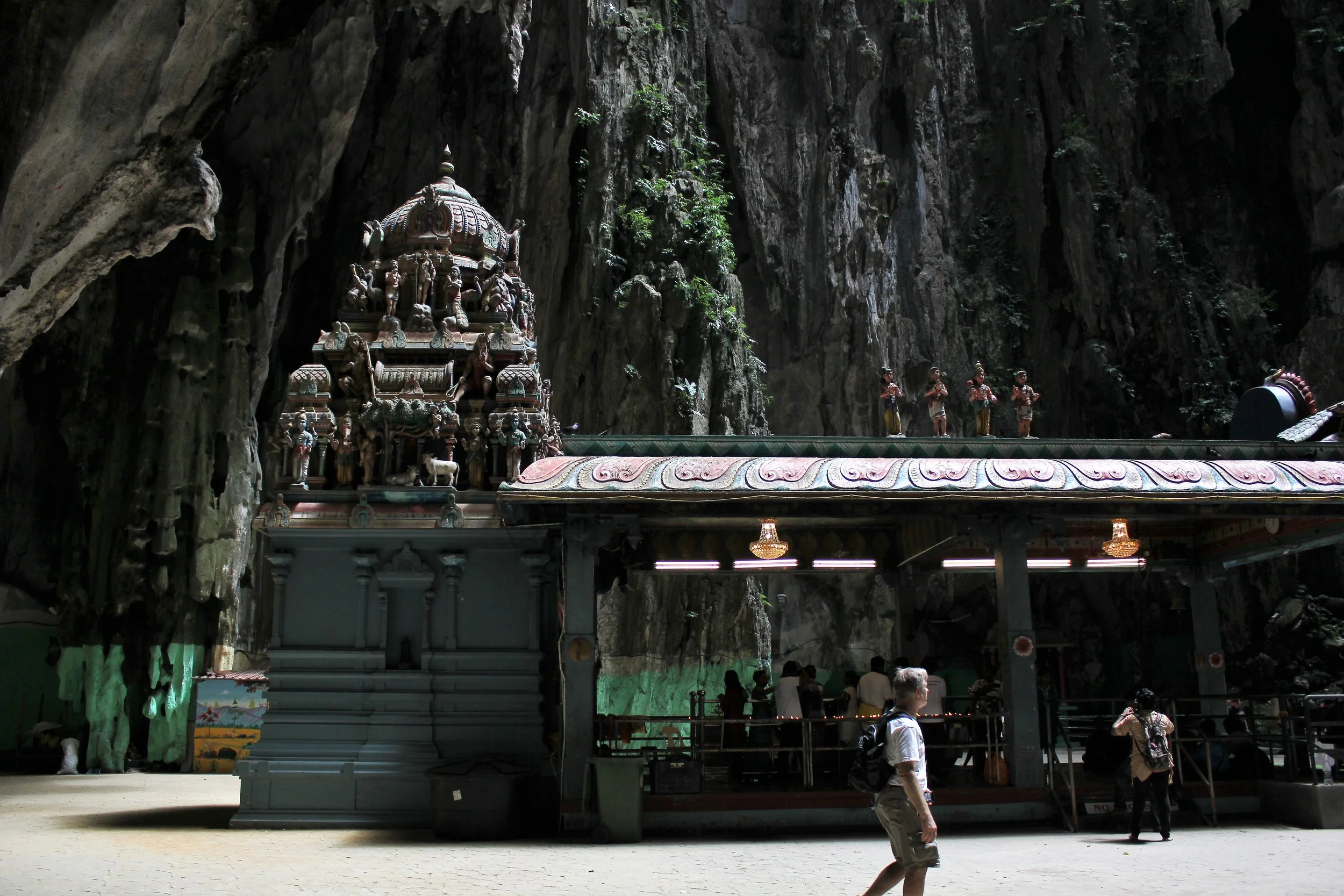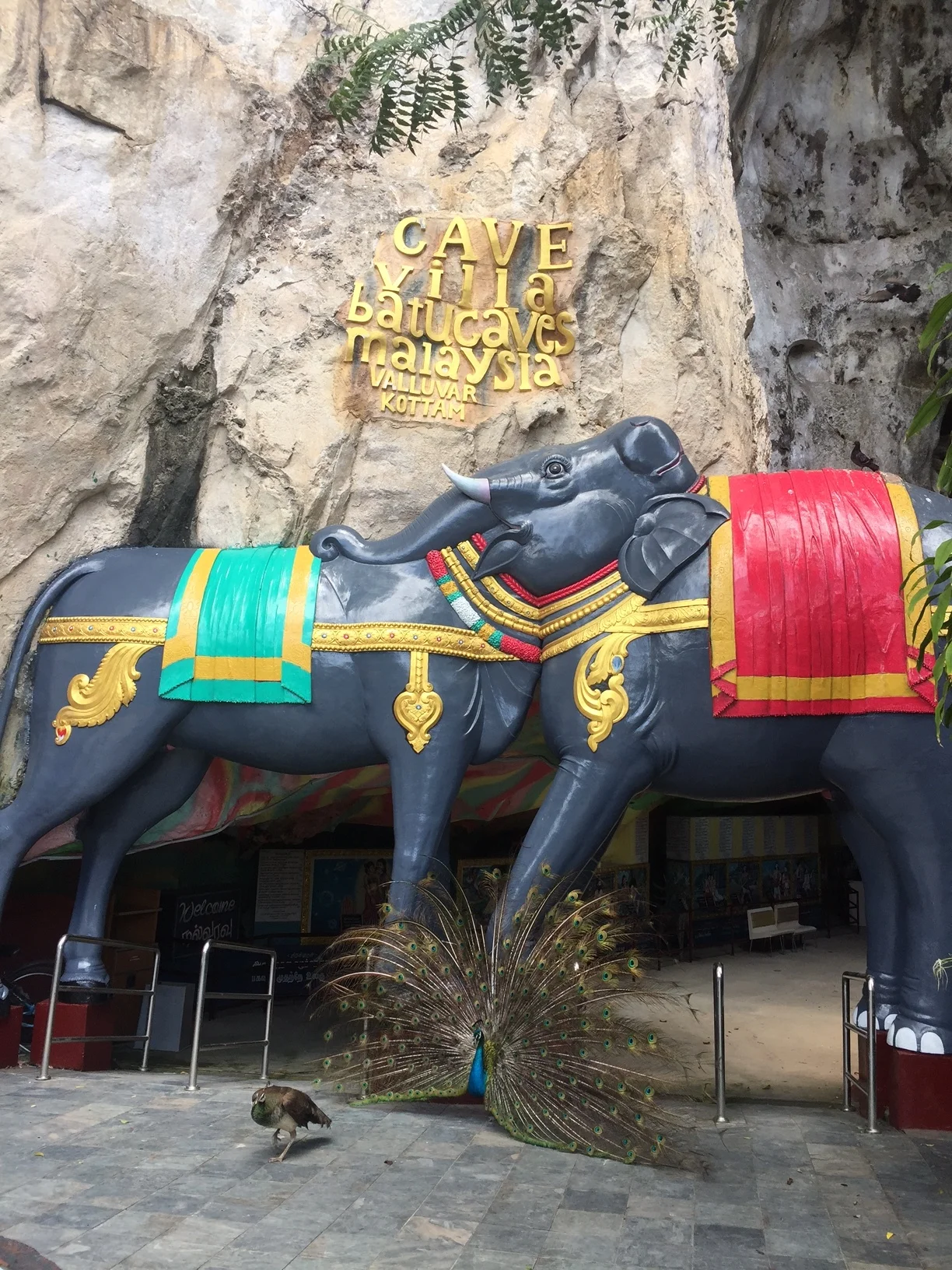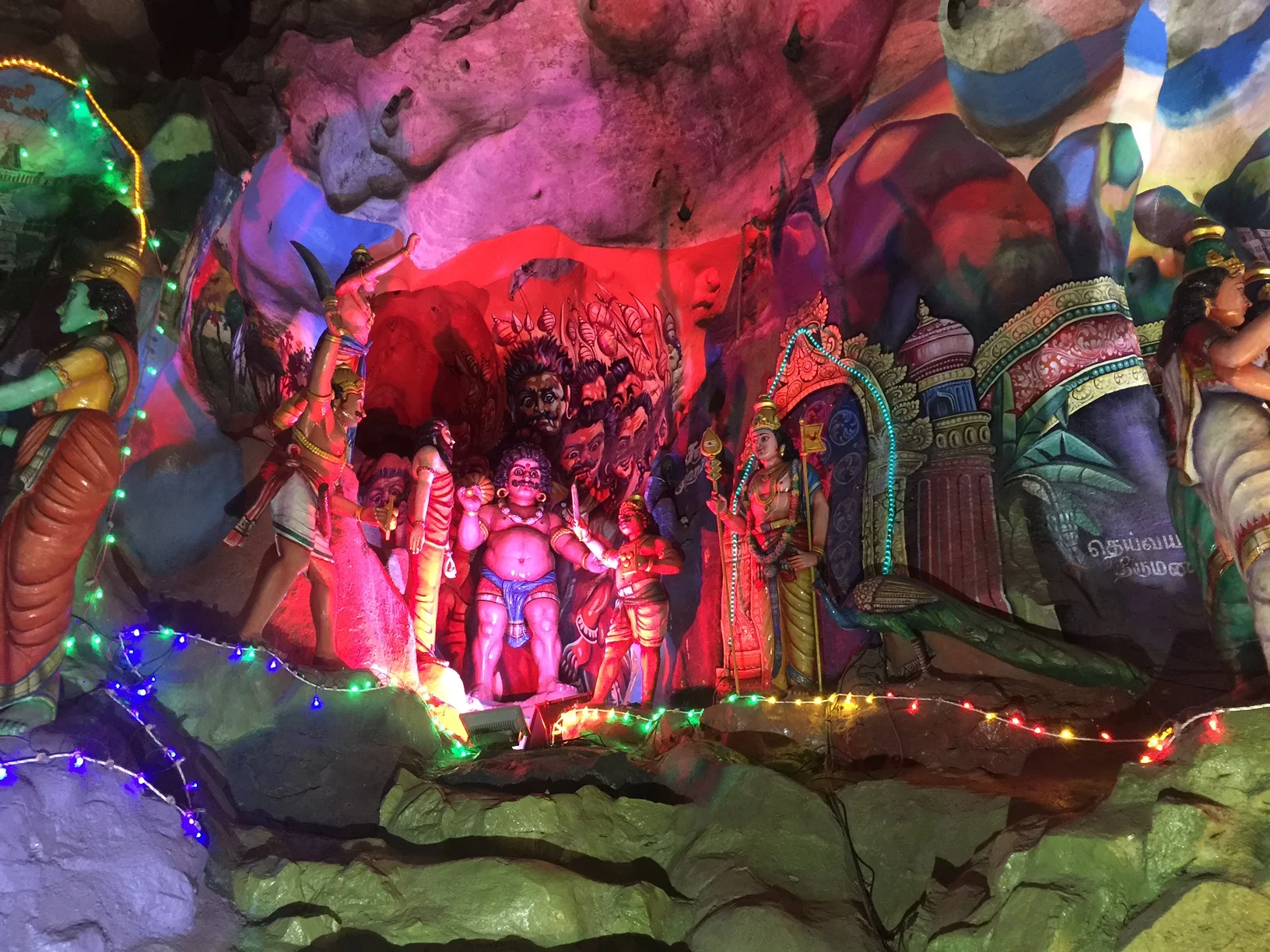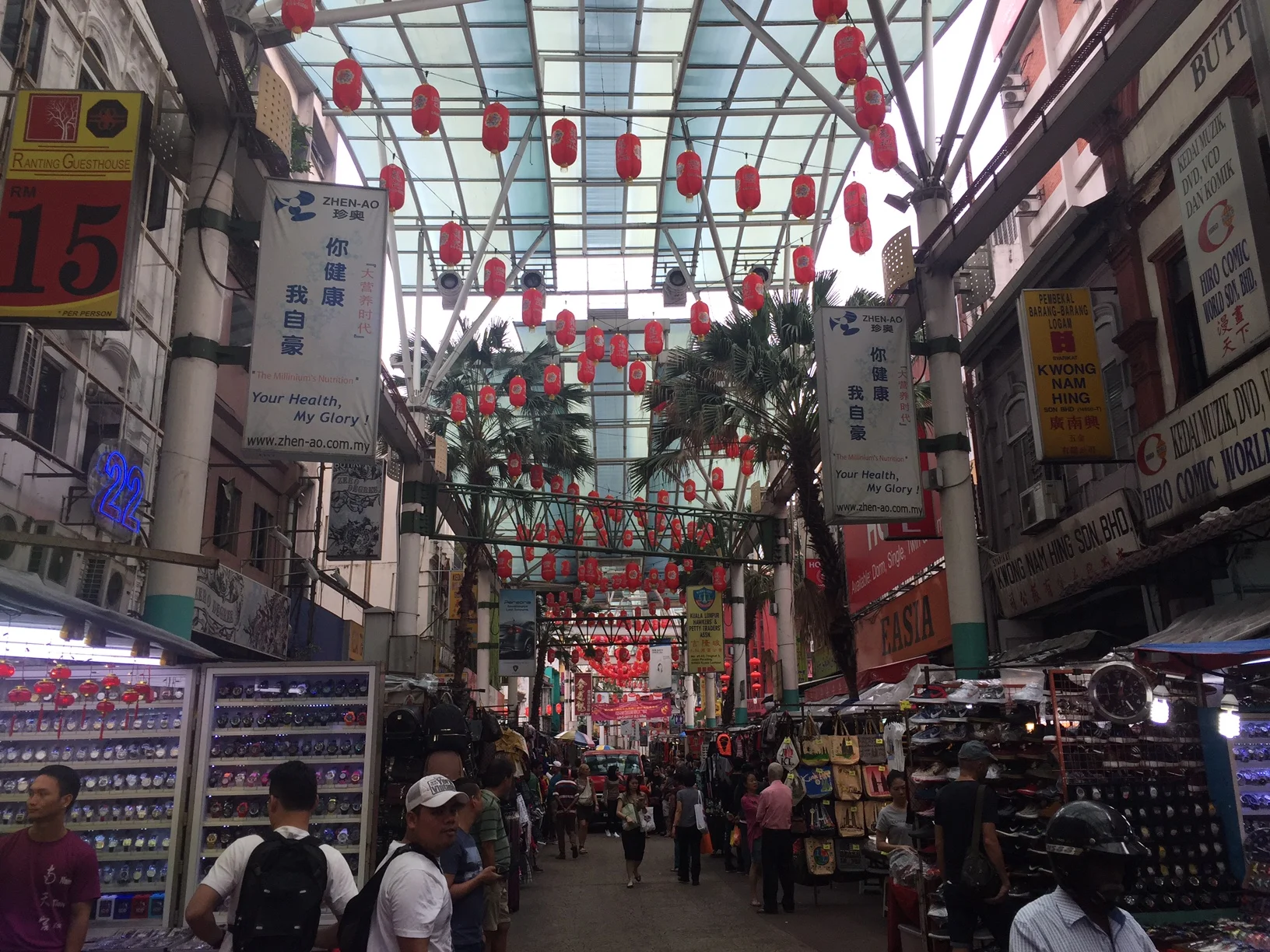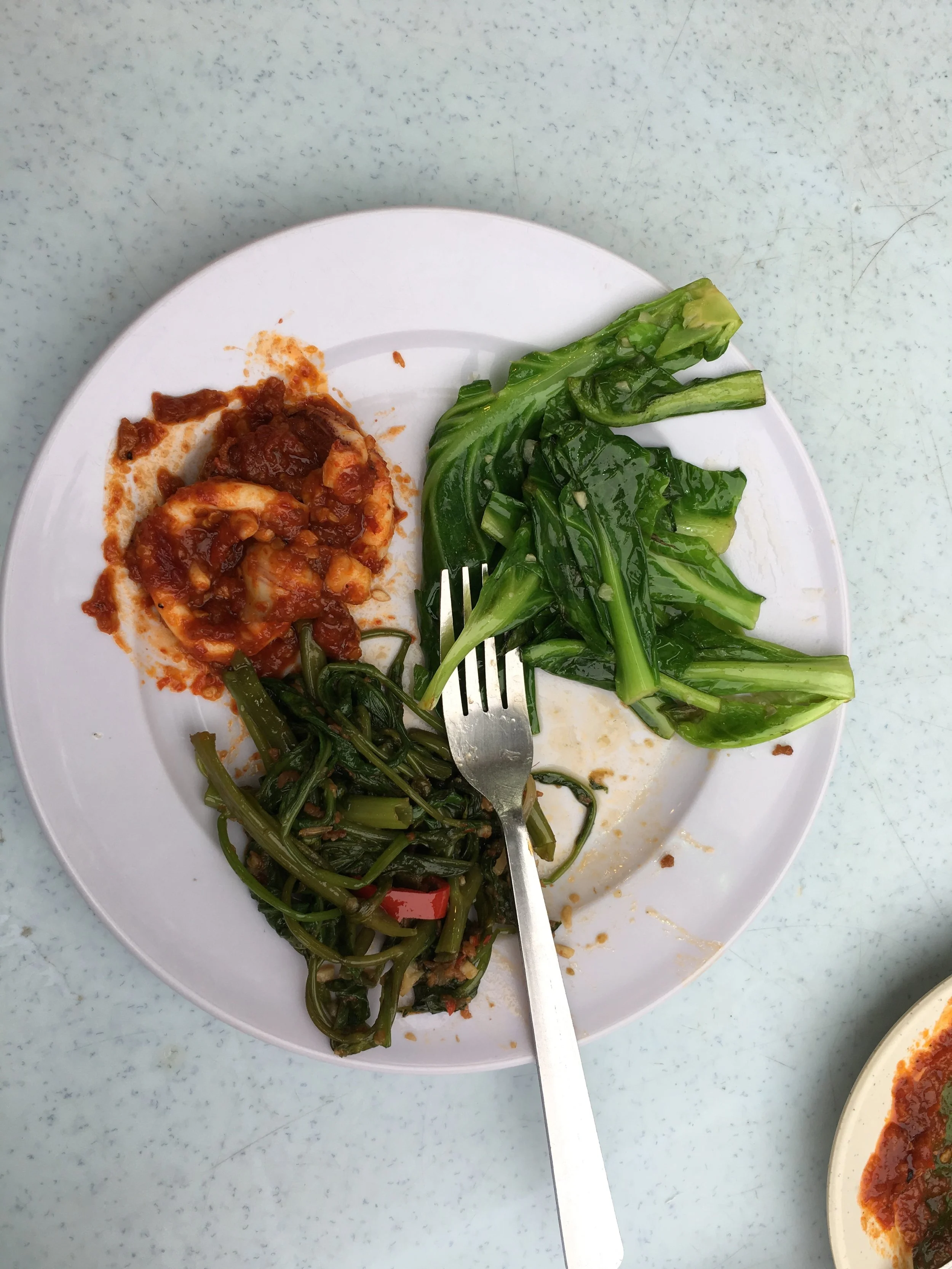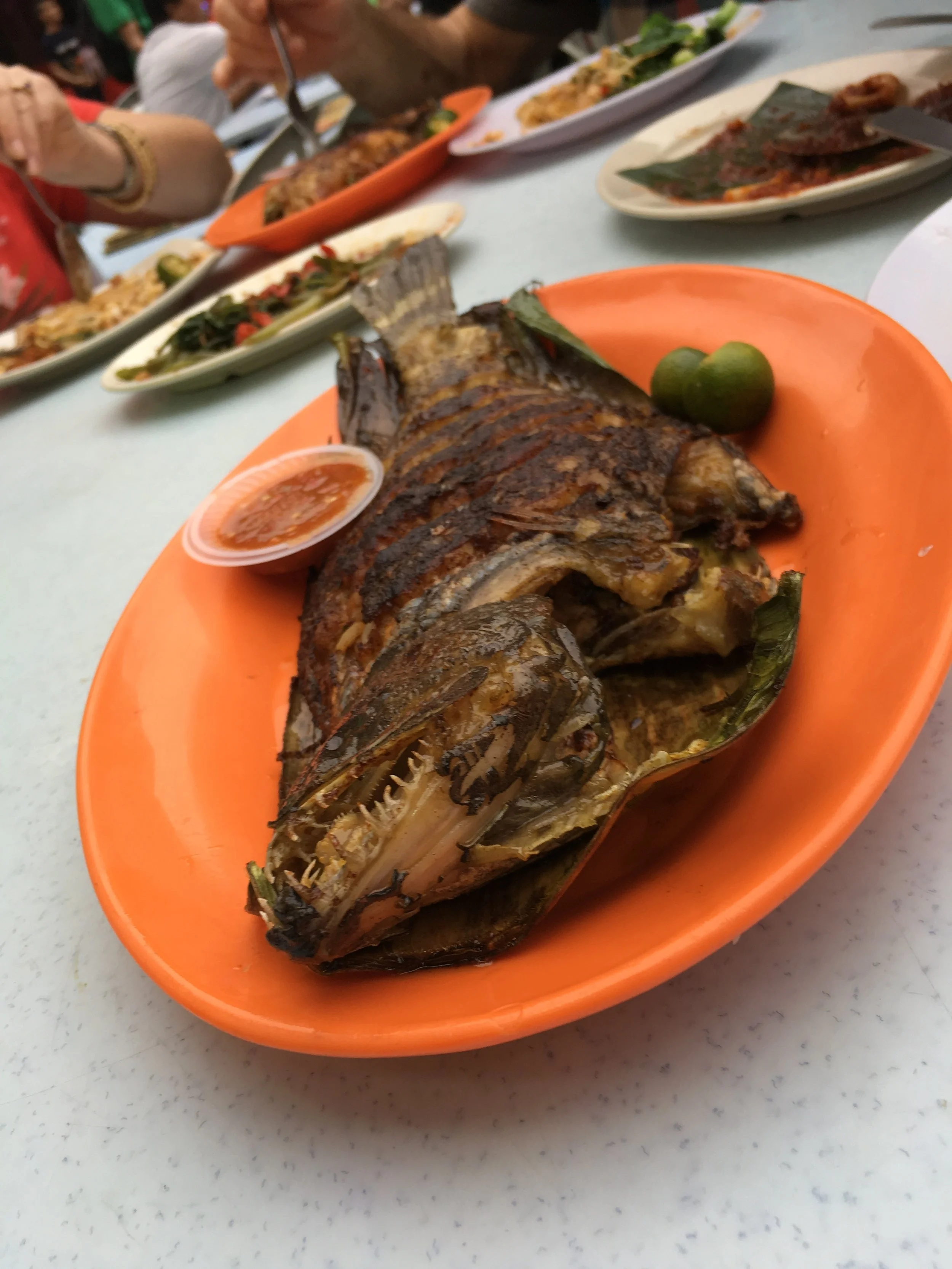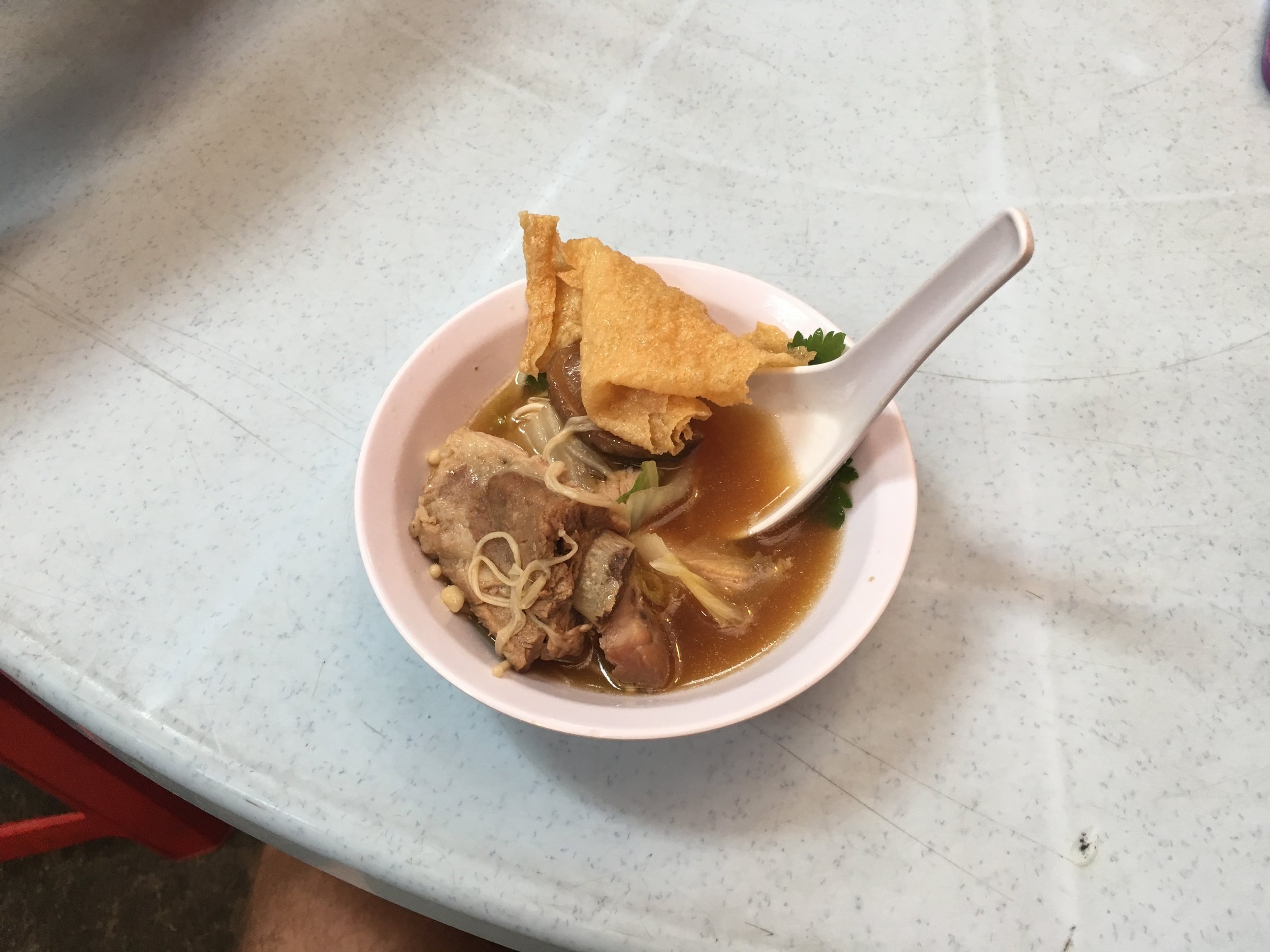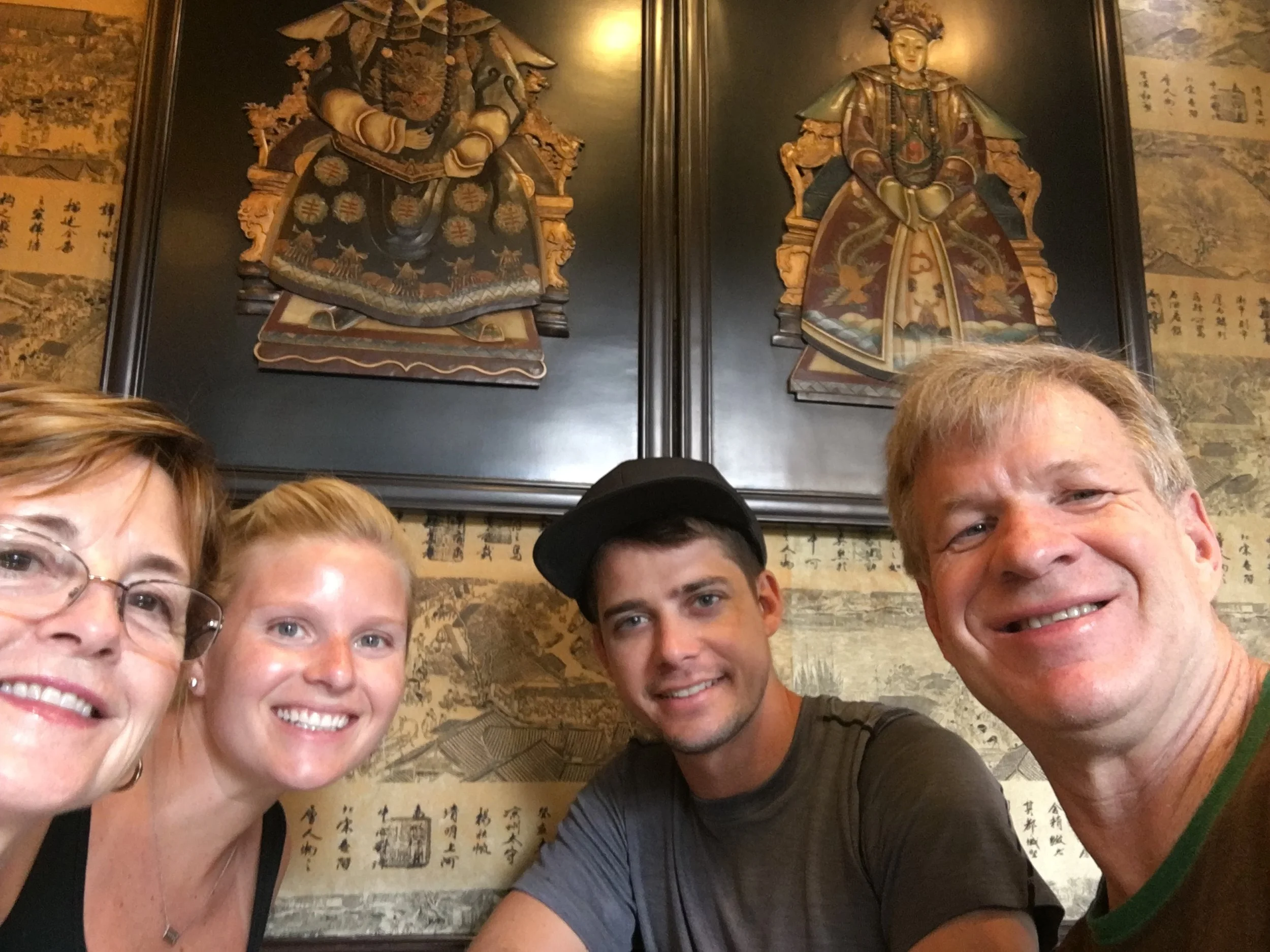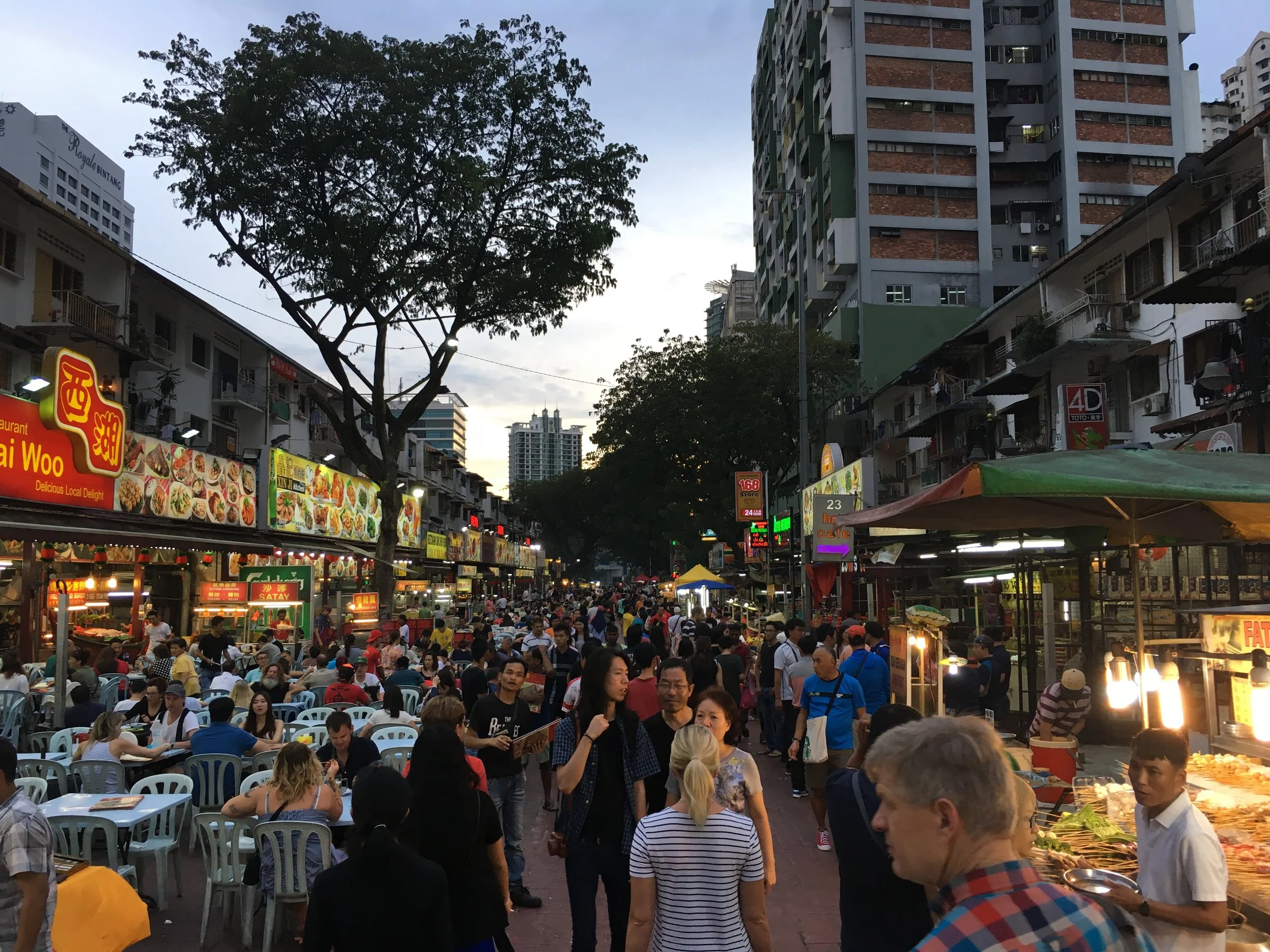Kuala Lumpur
History Snapshot:
Kuala Lumpur began as a small town mostly consisting of Chinese and Malay people. Kuala Lumpur roughly translates to muddy confluence with two rivers (Klang and Gombak) joining at one point.
In the 1800s Kuala Lumpur served as the farthest point north, for supplies to easily get up the Klang River. This became a collection dispersion point for people in the area, which were mostly Chinese tin miners.
Malarial conditions killed a lot of the miners during this time from jungle/river conditions, but it didn’t stop the mines from being successful. This brought in wealthy Chinese business men setting up shop, as well as the Minangkabau people. The Minangkabau people adopted Muslim in the 16th century, and those influences can still be seen all over Malaysia today.
Some pretty crazy battle stories came out of this area all due to who is to control the profits coming from these mines. Civil war, flooding, and massive fires burning the entire town prevented Kuala growth. Yet, the town kept being rebuilt, three times at this point.
British colonialism entered the town in the late 1800s. Kuala Lumpur experienced terrific growth at this time. The rubber trade blew up with the invention of the automobile (cars), and led to a boom in activity.
WWII came along, and the Imperial Japanese Army came to town. Little damage to the city occurred, but thousands of lives were lost. US dropped the bomb, and the Japanese surrendered to the British on August 15, 1945. On August 31, 1957 the British surrendered rule to the Federation of Malaya.
Kuala Lumpur today has 1.7 million people.
How to enjoy your days:
The city is very clean, and easily walkable. Tons of construction is going on right now, which pushes you out into the street sometimes, but leaves you in awe of how much the city is expanding. There’s development going on everywhere.
That’s not to say Kuala Lumpur isn’t one to have their green space. We were really impressed the amount of green space they’ve kept within downtown. Like actual forests are downtown. It’s such a breath of fresh air (literally) having trees, ponds, parks, jungle gyms, jogging tracks, bird noises, and insects surrounding you while walking between massive skyscrapers.
And skyscrapers Kuala Lumpur has. The Petronas Towers are the tallest twin towers in the world, and give a fantastic 360 view of the city. The Petronas aren’t the only photogenic buildings dispersed about. Turn around, look up, and you’ll see a different type of architecture every time. Those same influences mentioned earlier, are also seen in the sky.
A nice day trip is only $0.50 USD out to Batu caves. It’s one of the most popular Hindu shrines in the world. The site holds three large caves, with some smaller caves as well. One of the larger caves holds an art gallery depicting holy images using holy icons. The cathedral cave was the largest, and held the most breathtaking view. It’s easy to see why they call it cathedral. Looking up to the ceiling was a similar feeling to viewing any of Michelangelo’s works within the cathedrals across Europe. With Michelangelo basing a lot of his intricacies off natural angles and shapes, it becomes abstract looking at how natural stalactites are formed hanging from the ceiling within the cave.
Malaysia is known for having really great food, especially from the street. Our experience was right on with what we heard. It’s an insane mix of Malay, Chinese, Thai, and Indian. The best part about that mix in Malaysia is that it’s all native. All three of those ethnicities play a large part of this culture, and have for a long time. Mostly the Chinese and Indians, but with Thailand so close, that influence is there, as well.
They use a Sambal paste, which is onion, garlic sautéed in oil, a red chili paste is added (has some tomato paste in it as well), and then dark rich oyster/fish/soy sauce. It’s amazing!! I also hounded the kitchens for anyone that spoke a little English to be able to tell me what they were using. Literally walked into kitchens to take pictures of their spices and sauces.
The moral of all of that is, walk around Kuala Lumpur to all the tourist sites, and stop when you see a lot of people eating off the street. No worries, it’s fabulous.
